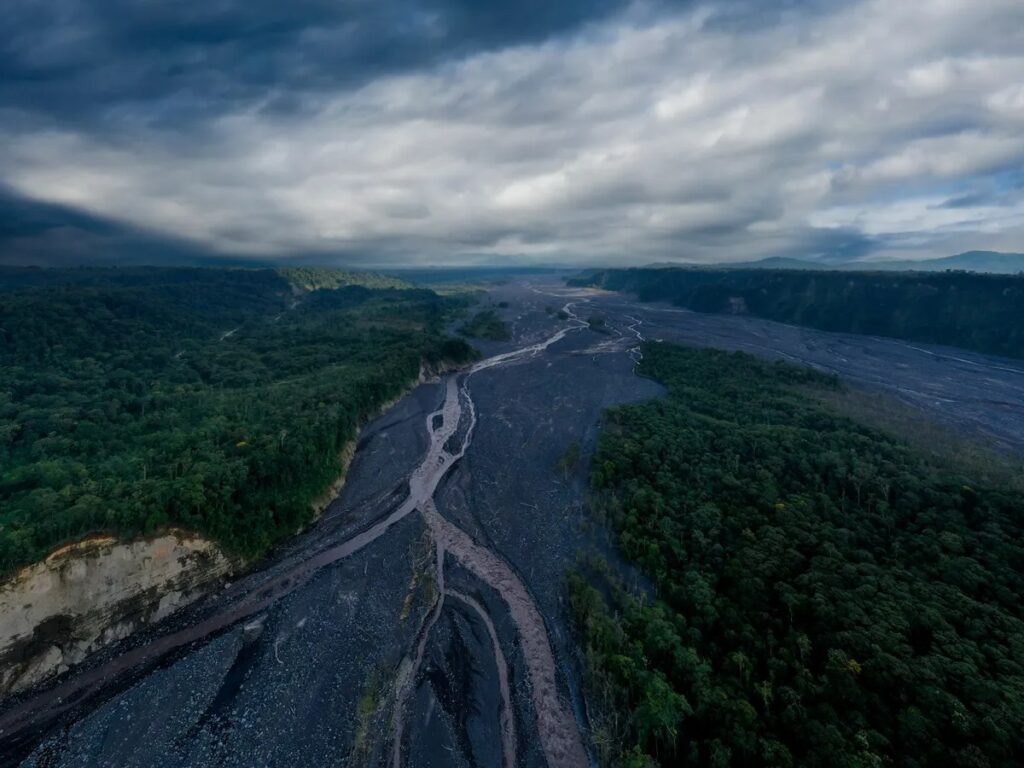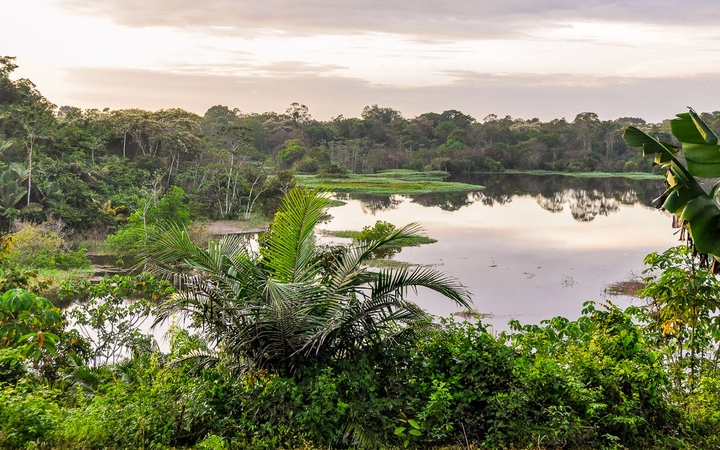
In a groundbreaking discovery, researchers using jungle-piercing lasers have unveiled the remnants of a 2,500-year-old metropolis in the Amazon, marking the earliest and largest example of urbanism ever documented in the region.
Located in the Upano Valley of Ecuador, this sprawling network of long-lost settlements challenges preconceived notions about the historical complexity of South American cultures, revealing a highly developed society that predates Christopher Columbus’s arrival.
The revelation comes after two decades of interdisciplinary research, incorporating extensive fieldwork and cutting-edge light detection and ranging (LIDAR) mapping. LIDAR technology, capable of scanning vast landscapes and detecting hidden structures invisible to the naked eye, played a crucial role in uncovering these ancient urban settlements.

While previous archaeological endeavors have uncovered numerous pre-Columbian settlements in the Amazon basin, this recent research stands out as the earliest and most extensive example of urbanism in the region. The civilization emerged around 2,500 years ago, witnessing significant construction activities between 500 BCE and 600 CE.
Comprising at least 15 distinct settlement sites, the network of towns and cities features constructed platforms, plazas, and large, straight roads connecting them. Notably, the researchers identified around 6,000 rectangular platforms, each measuring approximately 20 meters by 10 meters and standing up to 3 meters high. Remarkably, these structures were crafted from earth and mud, highlighting the ingenuity of the ancient builders in the absence of traditional stone resources in the Amazon.

Described as an example of “garden urbanism,” these settlements showcase a unique integration of human-made structures with agricultural plots, complete with extensive drainage systems and terraces. The findings challenge historical narratives that suggested the Amazon was sparsely populated and lacked advanced civilizations.
The idea of vast, hidden cities in the Amazon has long been a source of fascination, with European colonizers reportedly encountering expansive urban centers upon their arrival. Legendary stories of civilizations consumed by the relentless jungle, including Percy Fawcett’s ill-fated quest for the “Lost City of Z” in 1925, have often been dismissed as myths. However, recent discoveries like this one suggest that these tales might have a basis in reality.

In their conclusion, the study authors emphasize the importance of reevaluating preconceptions about the Amazonian world, recognizing its dual heritage – environmental and cultural, particularly Indigenous. The findings underscore the need for inclusive and participatory science to shed light on the rich history of the Amazonian civilizations, challenging our understanding of this ecologically diverse and historically significant region.

Leave a Reply